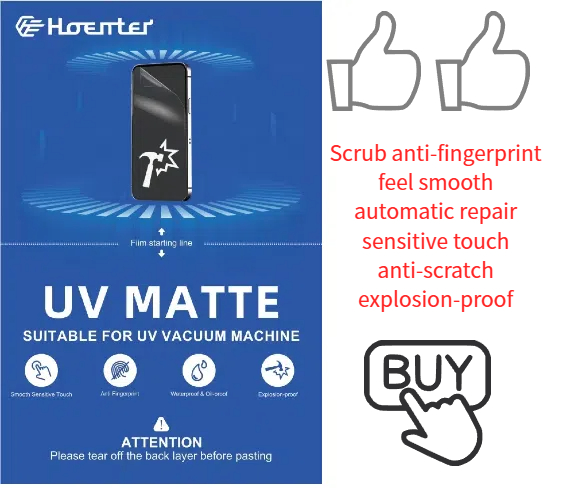
Is Silicone Screen Protector Good?
目录
摘要
- 屏幕保护膜 are essential for protecting smartphone screens from damage.
- Silicone protectors are affordable and provide basic scratch protection.
- 钢化玻璃 offers superior impact resistance and screen clarity.
- Plastic protectors are cost-effective but may lack durability.
- TPU protectors combine flexibility with durability.
- The choice of screen protector should consider your device’s needs and your budget.
- Proper installation of a screen protector is crucial for optimal performance.
1. What is a Screen Protector and Why Do You Need One?
Screen protectors are thin layers applied to smartphone screens, acting as a shield against scratches, cracks, and other forms of damage. In a world where our phones are constantly at risk from keys, coins, or accidental drops, a good screen protector is an essential accessory.Using a screen protector can significantly decrease the chances of costly repairs. With smartphones being an integral part of our lives, ensuring their screens remain clear and functional is paramount. A single scratch can disrupt the viewing experience, and in some cases, affect the device’s functionality.
2. Understanding Silicone Screen Protectors
Silicone screen protectors are crafted from flexible silicone material, making them lightweight and easy to apply. They offer a soft-touch feel, which can enhance the tactile experience of using your smartphone. Unlike tempered glass, silicone is resilient to fingerprints and smudges, maintaining a cleaner screen for longer periods.One key advantage of silicone is its affordability. For users seeking a budget-friendly option that offers basic protection against scratches and minor bumps, silicone is an excellent choice. However, it may not provide the same level of impact resistance as tempered glass.
3. Exploring Tempered Glass Screen Protectors
Tempered glass protectors are renowned for their robustness and clarity. Made from toughened glass, these protectors can withstand significant impact, offering superior protection against drops and scratches. They provide a smooth, glass-like feel, closely resembling the original phone screen.Moreover, tempered glass protectors come with additional features like anti-glare and blue light filtering, enhancing the user experience. For those who prioritize screen clarity and durability, tempered glass is often the go-to choice.
4. Silicone vs Tempered Glass: Which Offers Better Protection?
在比较 silicone and tempered glass protectors, the choice boils down to protection versus cost. Tempered glass generally offers better protection against high-impact drops, reducing the likelihood of screen shattering. On the other hand, silicone is more affordable and provides adequate protection against everyday scratches.The decision ultimately depends on your lifestyle and how much you’re willing to invest in protecting your device. For high-risk environments, tempered glass is preferable. For casual use, silicone might suffice.
5. How Does a Plastic Screen Protector Compare?
Plastic screen protectors are another popular option, known for their thin and lightweight design. They are less durable than silicone or tempered glass but offer basic protection against scratches and dirt. Plastic protectors are often the most cost-effective, making them appealing for users on a tight budget.However, they are prone to bubbling during application and might not provide the tactile satisfaction or clarity of glass or silicone options. Users seeking a temporary solution might find plastic protectors suitable.

6. The Role of TPU in Screen Protection
TPU, or thermoplastic polyurethane, is a hybrid material that combines the flexibility of silicone with the durability of plastic. TPU protectors are known for their self-healing properties, which can mend minor scratches over time. This feature makes them unique among other types of screen protectors.TPU protectors offer a good balance of protection and flexibility, making them suitable for those who want a bit more than basic protection without the cost of tempered glass.
7. Choosing the Right Screen Protector for Flagship Smartphones
Flagship smartphones, with their advanced displays and hefty price tags, deserve top-notch protection. For these premium devices, it’s crucial to choose a protector that does not compromise on clarity or touch sensitivity.Tempered glass is often recommended for flagship devices due to its superior protection and preservation of screen quality. However, for users who frequently replace their screens or prefer a more touch-sensitive material, high-quality silicone or TPU options might be considered.
8. Do Good Screen Protectors Enhance Smartphone Longevity?
A well-chosen screen protector can indeed enhance the longevity of a smartphone by preventing scratches and cracks that can lead to more serious issues. While a screen protector alone won’t make your phone last forever, it can certainly prolong its aesthetic and functional appeal.By minimizing damage, screen protectors help maintain the device’s resale value and ensure that the screen remains responsive and clear throughout its lifespan.
9. How to Install a Screen Protector Perfectly
Installing a screen protector can be a daunting task, but with a few simple steps, you can achieve a perfect fit. Start by cleaning the smartphone screen thoroughly to remove dust and fingerprints. Align the protector with the screen, ensuring all edges match perfectly.Once aligned, press down gently from the center, allowing the adhesive to work its way to the edges. Use a soft cloth to smooth out any bubbles. A properly installed protector will appear seamless and provide optimal protection.
10. Final Verdict: One is Better, But Which?
In the debate of silicone vs tempered glass, the winner depends on individual needs. For those prioritizing maximum protection and screen clarity, tempered glass is superior. However, if cost and ease of application are more important, silicone might be the better choice.Ultimately, both types of protectors offer unique benefits, and the choice should align with your lifestyle, budget, and smartphone use.

评论
标签
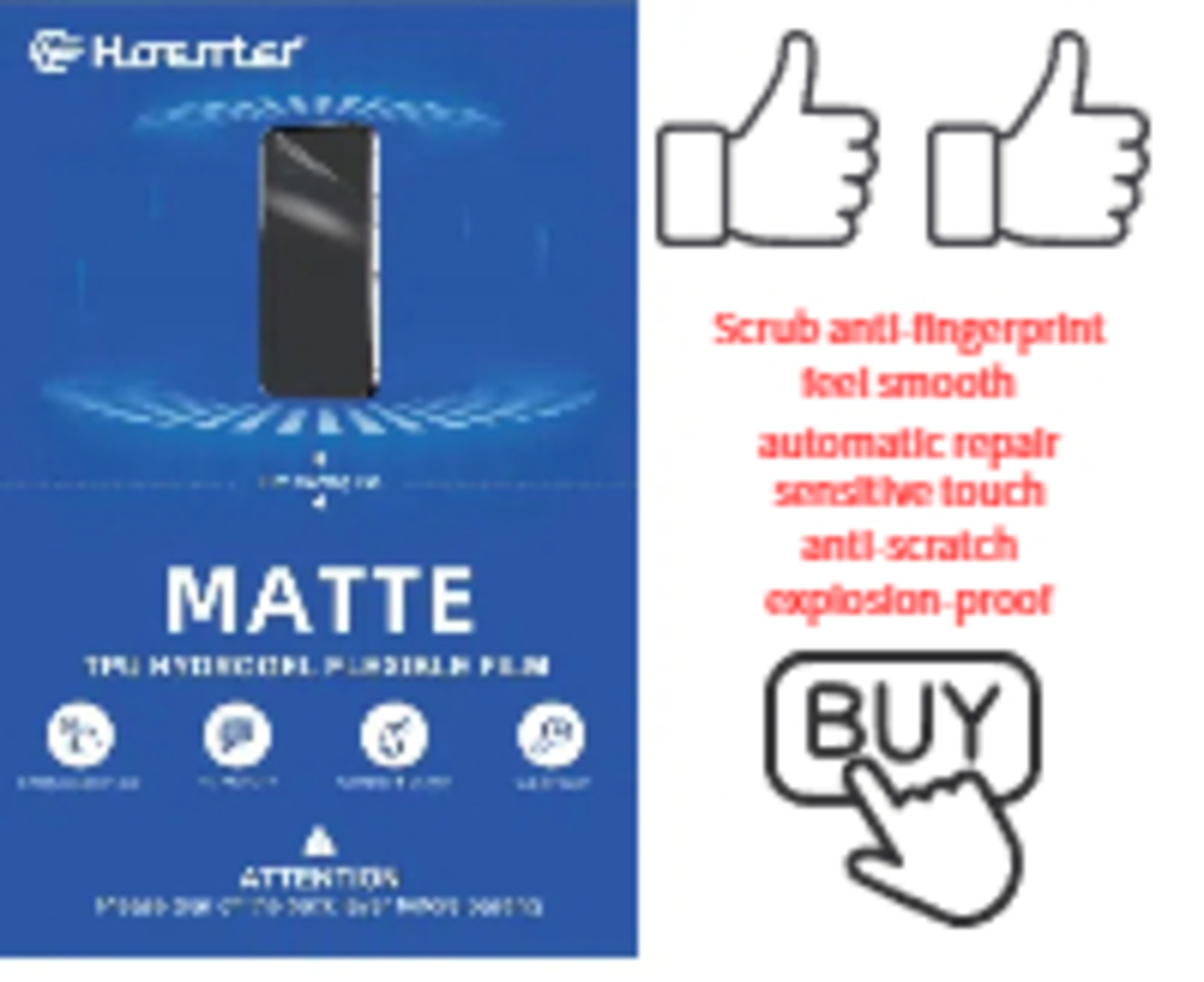
Wholesale Matte TPU Film Screen Protector
Boost your profits with Wholesale Matte TPU Screen Protectors. An affordable, high-demand product with excellent margins for your business.

How to Apply Liquid Screen Protector to Phone
Liquid screen protectors offer a modern, effective way to protect your smartphone.
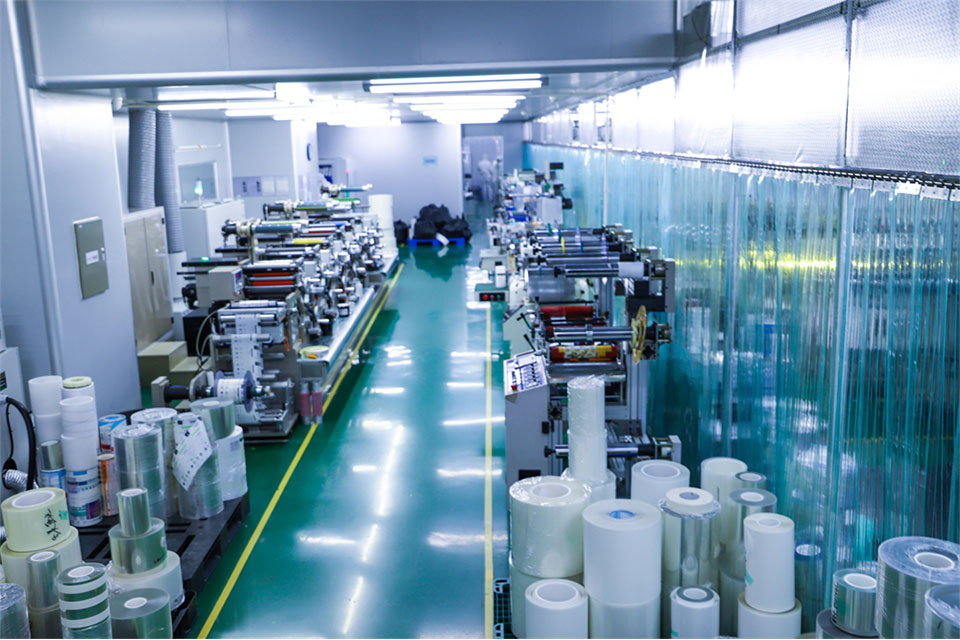
如何完美贴上屏幕保护膜?综合指南
您是否已经厌倦了让您的手机看起来比以前更糟的拙劣屏幕保护膜应用?贴屏幕保护膜可能是一项艰巨的任务,但只要掌握正确的技巧,就能实现完美无瑕的效果,增强设备的外观和保护性能。本指南将教你如何完美地贴上屏幕保护膜,无论是基本的贴膜还是高级钢化玻璃保护膜。我们将涵盖从准备到故障排除的所有内容,确保你掌握所需的全部知识,实现无气泡、精确对齐的屏幕保护贴贴合。
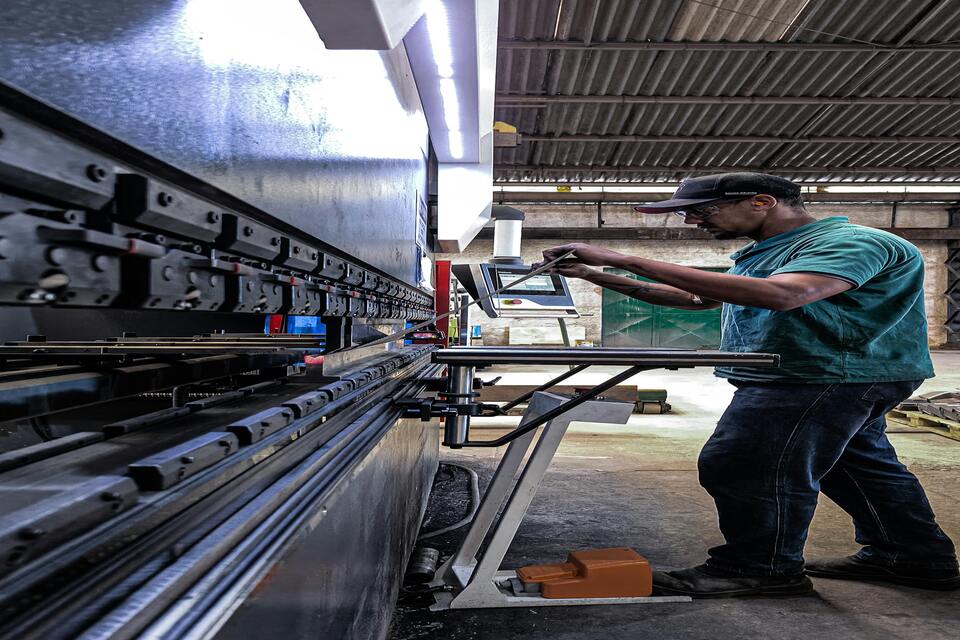
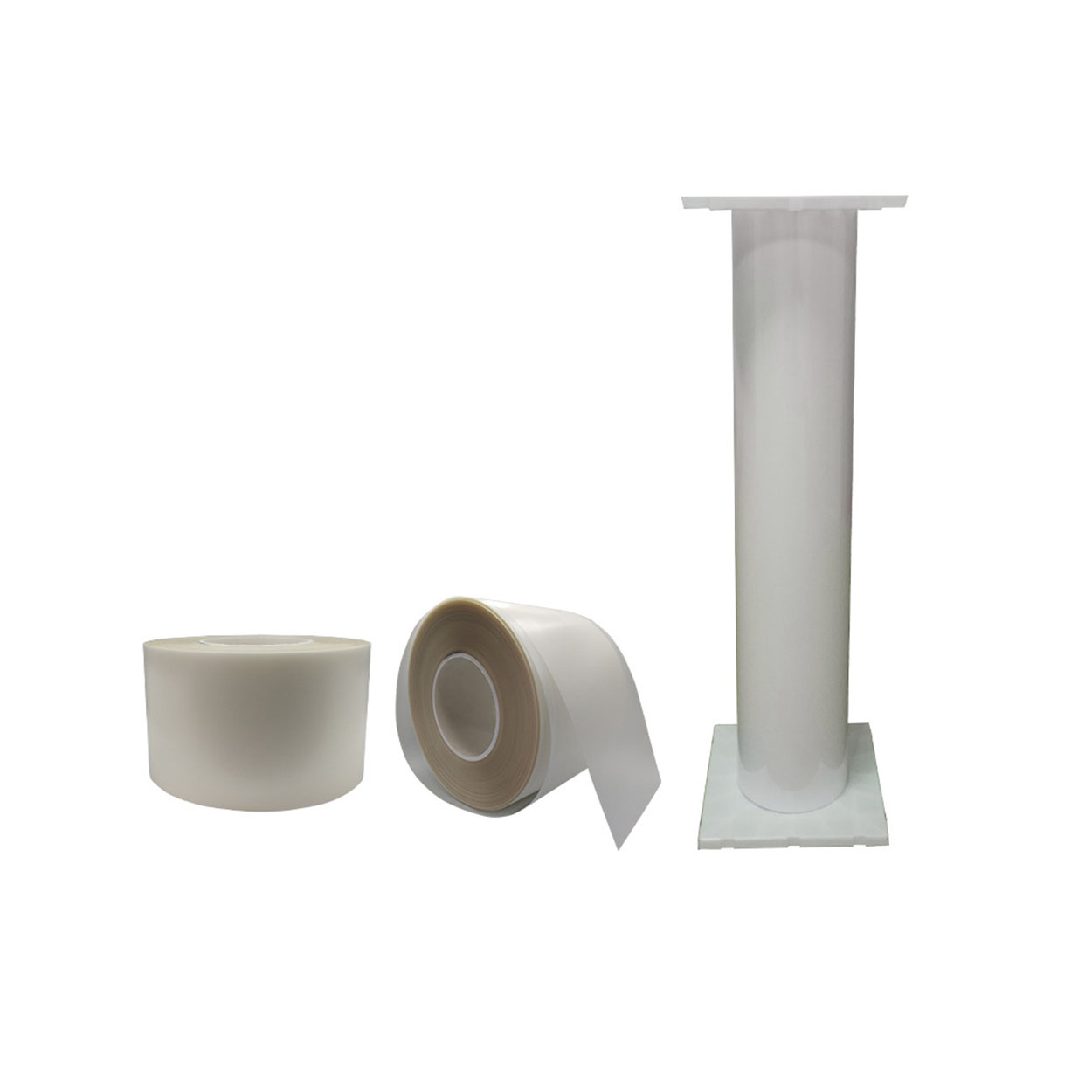
批发屏幕保护膜柔性水凝胶 TPU 薄膜卷
热塑性聚氨酯(TPU)薄膜已成为一种用途广泛的材料,与聚氯乙烯(PVC)等传统塑料薄膜相比,具有明显的优势。热塑性聚氨酯薄膜的优异特性使其成为汽车、服装、电子和医疗等行业的首选材料。

